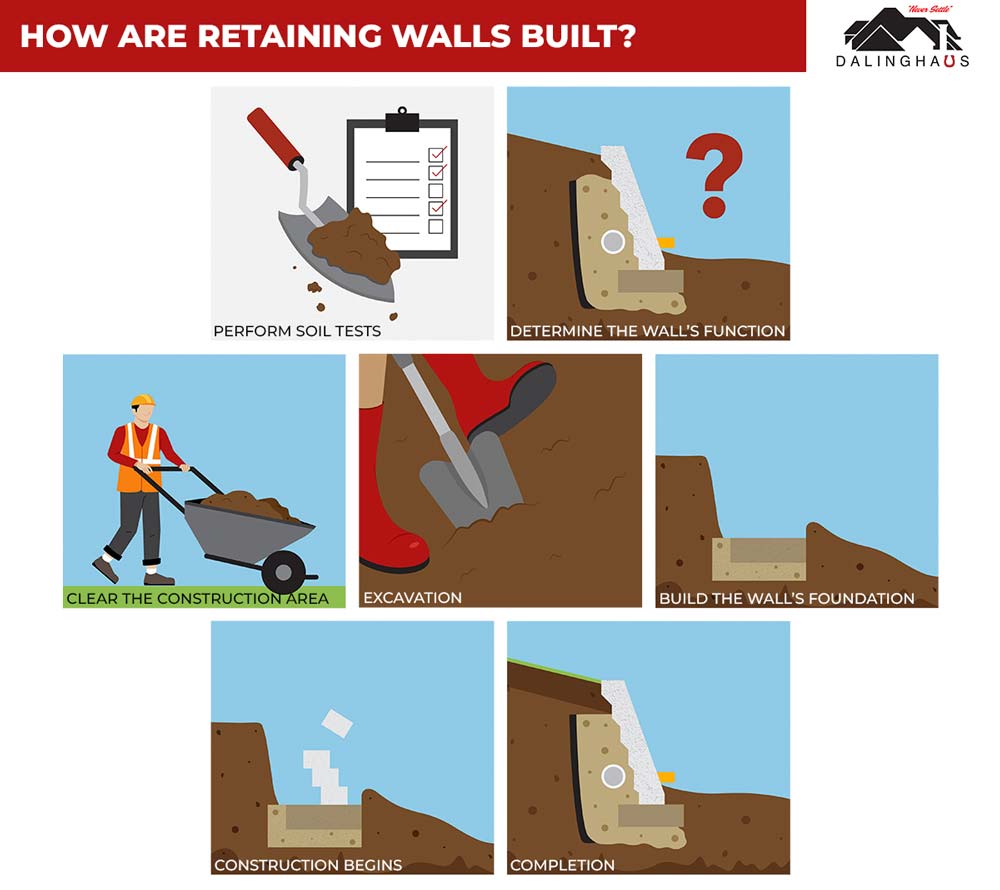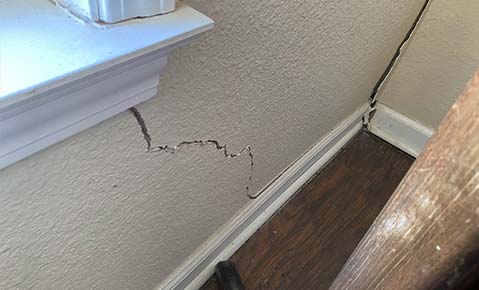If you own a property that features significant variations in topography, there is a good chance that you could benefit from slope stabilization. Fortunately, there are several reliable slope stabilization methods out there for you to choose from.
In this article, we’ll detail the main ways to stabilize a slope–but before we do that, let’s discuss the reason why slope stabilization is necessary in the first place.
Why Is Slope Stabilization Necessary?
Before considering the specific method or methods you should use to stabilize a slope, you should know why this practice is necessary. Over time, water, wind, and other forces of nature act upon a slope, causing it to erode.
As your slope erodes, the soil that comprises it will loosen and begin to slide down the slope. This effect is especially impactful for steeper slopes and slopes that feature no stabilization measures. In extreme scenarios, this erosion will not only be an eyesore, but will also pose some safety concerns as well, which we will detail later in this article.
Simply put, the overall longevity and attractiveness of the slopes on your property depend on the slope stabilization methods you decide to use. The best way to ensure your slope is as stable as possible is to learn about and implement one of the approaches in the section to follow.
Top Slope Stabilization Methods
If you have noticed the slopes in your yard beginning to erode, it is better to intervene with slope stabilization sooner rather than later. Each of the methods in the following passages will work well in isolation. However, you should know that slope stabilization is most effective when you combine multiple methods.
Regrading Your Slope
At times, the solution to an unstable slope is as simple as regrading the slope itself to be less steep. Reducing the steepness of the slope also reduces the erosive impact that flowing surface water can have on it.
The grading process is nothing more than moving soil from one area to another. If you have the horizontal distance available to lessen the degree of your slope, this is the simplest solution you can use.
With that said, regrading a slope is not always an option–especially if your steep slope is in an area with limited space to grade the soil in. As such, you’ll likely need to consider one of the following slope stabilization techniques instead.
Adding Drainage To Your Slope
Another excellent way to reduce the erosion that happens on your slope is to implement a drainage system. Since flowing water is one of the most common causes of slope instability, drainage is one of the most logical interventions you can utilize.
As water flows down a hill, it picks up speed and becomes increasingly capable of causing erosion. The longer a slope is, the more time and distance the water has to increase its speed and the extent of the erosion it causes.
Installing a drainage channel (such as a French drain) to run along the length of your hill will help convey that water away from the slope. By using a French drain to intercept surface water part of the way down a slope, you can reduce the overall erosion that occurs during each rainfall.
Planting Your Slope
One of the most dependable ways to stabilize a slope is by planting it. Plant roots do an incredible job of clinging to the soil as they spread and hold the soil in place.
You’ll find that some plants are more capable of stabilizing a slope than others. For instance, creeping ground covers, turf, and vines are all popular slope planting options.
Additionally, you’ll want to consider adding plants to any other slope stability measures you take. Allowing those plants to spread freely over the slope will lower the odds that erosion will continue to disturb your soil in the future.
Building a Retaining Wall
Our next slope stabilization method requires more construction time and higher costs, but also proves to be one of the most effective. For many unstable slopes, a soundly-constructed retaining wall is the ideal solution.

Retaining walls have an amazing ability to hold soil in place, and can support a surprising amount of weight as well. In addition, the components of a retaining wall help improve drainage in the entire area.
Building a retaining wall is a significant project. As such, it is always best to hire a professional team with construction experience to build your retaining wall properly.
What Happens If You Don’t Stabilize a Slope?
If you choose not to stabilize your eroding slope, you can rest assured that the problem will only get worse. As time presses on, more and more water will pour over the slope, causing the instability to worsen.
An eroding slope can cause a mess by depositing soil and small stones in the areas below the slope. Eroding slopes are also visually unappealing, which detracts from any natural beauty on your property.
Unstable slopes can also be a safety hazard. If anyone needs to walk on your unstable slope for maintenance or other purposes, the looseness of the soil can cause them to slip and fall.
In extreme cases, an eroding slope that continues to worsen can eventually cause a landslide. If this occurs, any people or structures below the slope will be in significant danger. To avoid that ever being the case, adopting one of the slope stabilization methods listed in the section above is the action you should take.
What Will It Take To Make Your Slope Stable?
If you are new to the concept of slope stabilization, it can be difficult to determine which stabilization method is best for you. Thankfully, there are plenty of professionals who are prepared to assist you.
If you live in Southern California, Arizona, or Nevada and you have an eroding slope, then Dalinghaus Construction is here to help! Reach out today to learn about our experience and the many services we can offer you.






